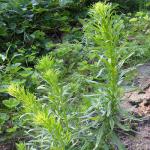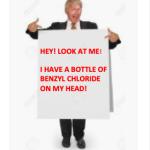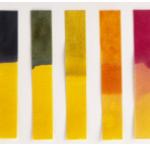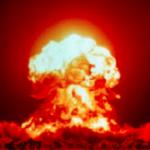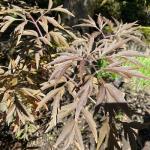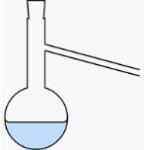By Geoffrey Kabat
Chemicals & Chemistry
Two Arkansas chemistry professors are either: a) a couple of morons, or b) extremely unlucky.
There is just not enough information in the news to tell which of the above is true. The coverage is all over the place. For example:
ACSH's Holiday Dinner Menu is our most popular publication of all time. And, how could it not be?
The chemical reaction that killed the manager of a Buffalo Wings restaurant in Massachusetts last week i
Once in a while (just for yuks) I'll write about some of the hideous chemicals that we chemists have to use now and then despite the fact that they are not only a pain in the a##, but also mighty dangerous.
If you are driving around the southwest and find yourself in the middle of nowhere...
Last year, my wife and I moved out of Seattle into a house in the suburbs. One of the many new responsibilities we acquired in the process is taking care of a yard.
Steve, the Mad Chemist, and I go back a long way. We were postdocs together (about 200 years ago) and later worked for the same pharmaceutical company for a decade.
Reprinted by permission of McGill University Office for Science and Society.
###
Here's a diagram of a distillation apparatus. It's very simple. The liquid to be purified is placed in a distillation flask.
